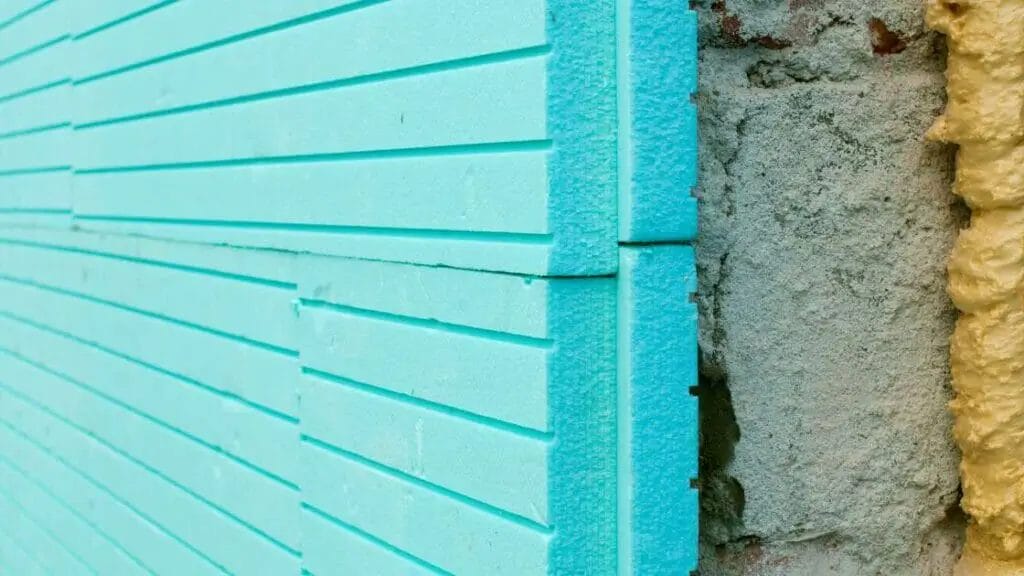Do you ever feel like you need a break from the never-ending, ever-grating noise around you? To get away from the honking cars, insistent notification sounds of mobile phones, and the constant barking of your neighbor’s dogs?

Or are you an audiophile who needs a quiet space to better appreciate the complexities of the music or recording you are listening to?
You are not alone. Many people crave a quiet space in their homes where they can relax, focus, or create without any unwanted distractions.
This is when soundproof rooms come in.
While achieving complete sound isolation is impossible, soundproof rooms can significantly reduce noise levels and create a more comfortable and peaceful environment.
To help you make your dream come true, let’s explore the world of soundproofing!
How sound works
Before we dive deeper into soundproofing, let’s discuss how sound works.
Sound is a form of energy produced through vibration.
When an object vibrates, the surrounding air molecules move and collide which creates sound waves that travel through the air. When these waves reach our ears, they are translated into the sound we hear.
Sound waves can travel through walls, ceilings, and floors, which is why we can hear noise from other rooms or outside.

The difference between soundproofing and sound absorption
Though both terms pertain to the reduction of sound, there is a difference between soundproofing and sound absorption.
Soundproofing involves creating barriers to prevent sound from entering or leaving a room.
Meanwhile, sound absorption involves reducing the amount of sound that bounces around within a room. This can be achieved by using materials that absorb sound waves, such as acoustic panels or foam.
The science behind soundproofing
Soundproofing works by creating a barrier that prevents sound waves from passing through. The key is to use materials that are dense and thick enough to block the sound waves.
This can be achieved by using materials such as mass-loaded vinyl, acoustic foam, or soundproof curtains. These materials absorb or reflect sound waves, preventing them from passing through walls, floors, and ceilings.
Materials needed for soundproofing a room
To soundproof a room, you’ll need to use a combination of materials to create barriers that prevent sound from passing through. Here are some of the materials you’ll need:
- Mass-loaded vinyl: This is a dense material you can use to use to line walls, floors, and ceilings. It’s an effective barrier against sound waves.
- Acoustic foam: This lightweight material is good at absorbing sound waves. You can place it on walls, floors, or ceilings to reduce echoes and reverberation.
- Soundproof curtains: Heavy-duty curtains can be used to block sound waves. They’re an affordable option for soundproofing windows or doors.
How to soundproof a room on a budget
Soundproofing a room can be expensive, but there are ways to do it on a budget. Here’s how:
- Use weatherstripping: This is an affordable way to seal gaps around windows and doors, preventing sound from entering or leaving the room.
- Use rugs or carpets: These materials absorb sound waves and reduce echoes and reverberation.
- Use furniture: Bookshelves, sofas, and other furniture can be used to absorb or reflect sound waves.
Professional soundproofing options
If you have the budget, you can hire a professional to soundproof your room. They’ll be able to provide you with options that are tailored to your specific needs. Some of the professional options include:
- Double wall construction: This involves building two walls with a gap in between to prevent sound from passing through.
- Acoustic panels: These are specially designed panels that absorb sound waves and reduce echoes and reverberation.
- Soundproof doors and windows: These are doors and windows that are specially designed to block sound waves.

Soundproofing for specific situations – music studios, home theaters, and apartments
How you soundproof a room depends on the needs and situation.
- Music studios: Soundproofing a music studio requires using materials that can absorb sound waves and prevent sound from leaving the room. This can include using acoustic panels, mass-loaded vinyl, or soundproof curtains.
- Home theaters: For home theater, you need a soundproof that prohibits sound from entering or exiting. Incorporate materials like mass-loaded vinyl, acoustic foam, or soundproof curtains.
- Apartments: Soundproofing an apartment can be challenging, but it’s possible. You can use weatherstripping, rugs or carpets, and soundproof curtains to reduce the amount of noise that enters or leaves your apartment.
Common myths about soundproofing
There are many myths about soundproofing. Here are a few:
- Egg cartons can be used for soundproofing: This is a common myth. While egg cartons can absorb some sound, they’re not an effective sound barrier.
- Soundproofing is too expensive: While soundproofing can be expensive, there are affordable options available.
- Soundproofing is easy: Soundproofing requires a combination of materials and techniques. It’s not a one-size-fits-all type of thing.